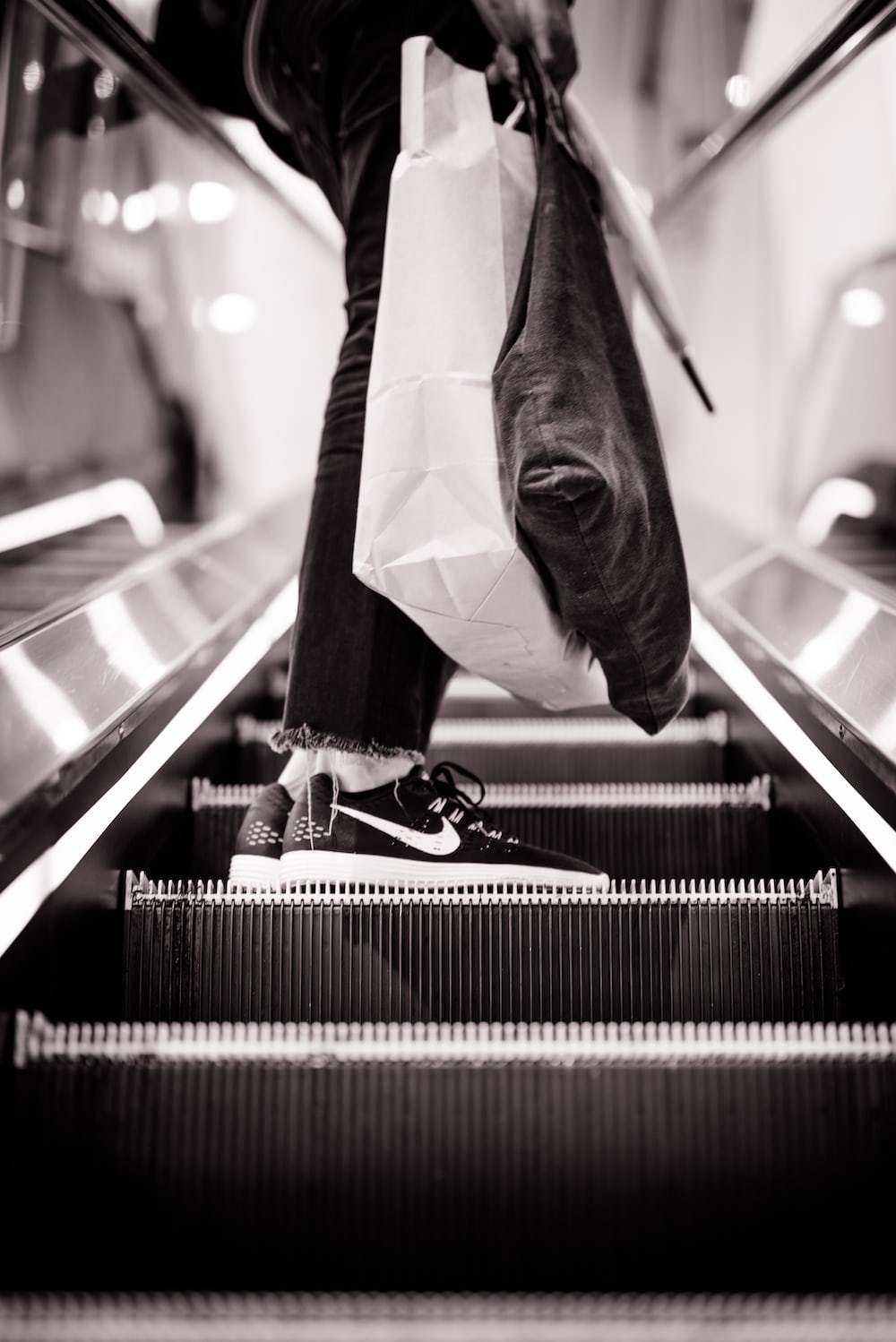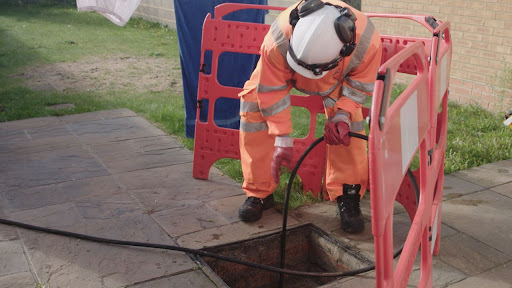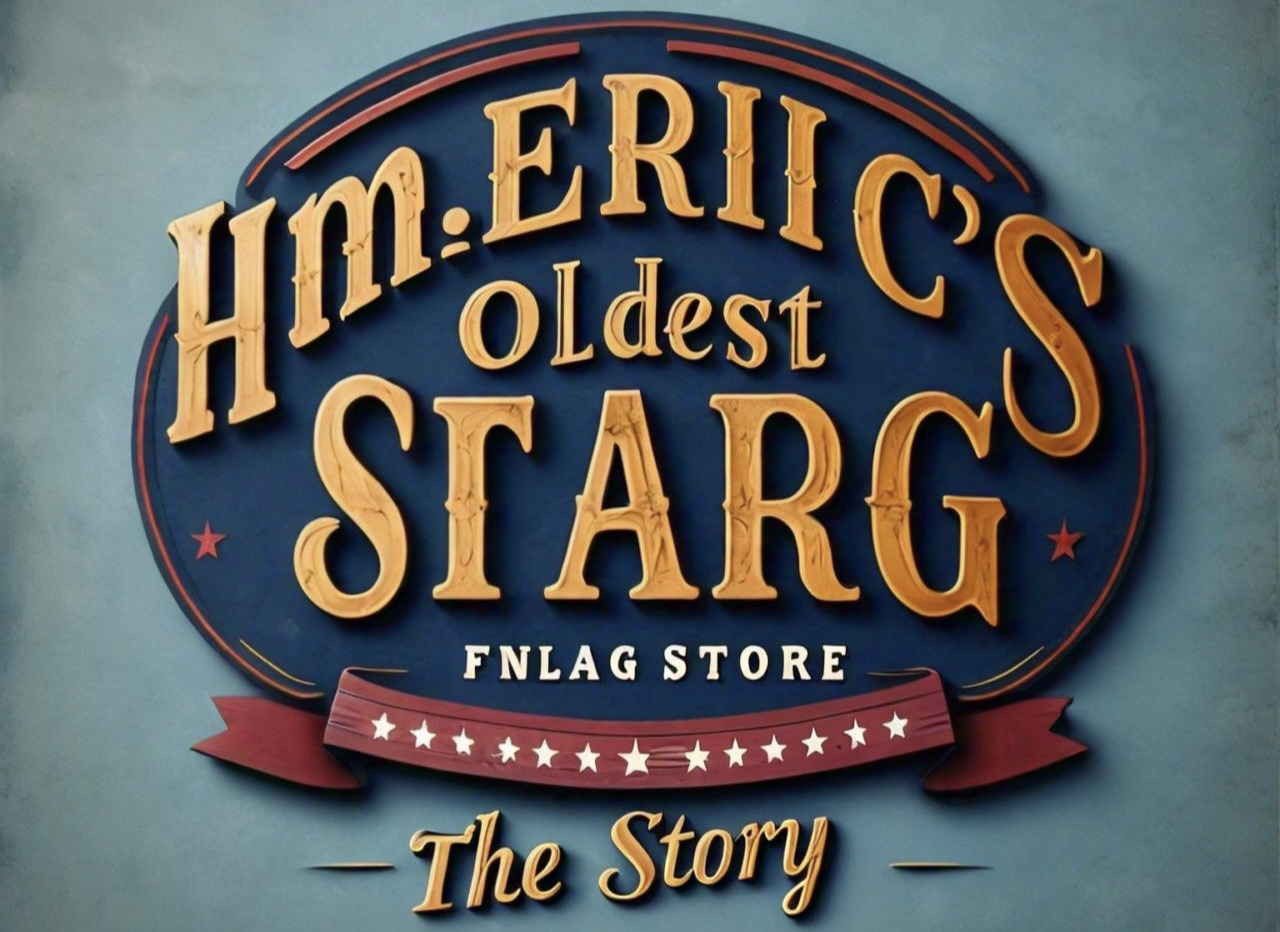Flat bottom bags, also known as block-bottom bags or box pouches, have become increasingly popular in the world of packaging due to their unique design and practical advantages. These are side gusset pouches that can contain so many types of products.
However, like any packaging solution, flat bottom bags come with their own set of pros and cons. In this exploration, we’ll get into the key advantages and potential drawbacks of using flat bottom bags so you can see for yourself if this is the right choice for your packaging strategy.
Pros of Flat Bottom Bags:
1. Sturdy and Stable Structure:
One of the notable advantages of flat bottom bags is their stable and sturdy structure. The flat bottom allows the bag to stand upright on shelves, providing excellent stability. This structural integrity makes flat bottom bags ideal for packaging a variety of products, including snacks, coffee, pet food, and more.
2. Maximized Shelf Presence:
Flat bottom bags maximize shelf presence with their square and box-like appearance. The flat base allows for efficient stacking and display, ensuring that the packaging stands out on retail shelves. The increased visibility can attract consumer attention in a crowded marketplace.
3. Versatility in Size and Volume:
Flat bottom bags come in various sizes, accommodating different product volumes. Whether it’s small portions of snacks or larger quantities of pet food, the versatility in size makes these bags suitable for a wide range of applications. Brands can choose the size that best fits their product offerings.
4. Excellent Printability:
The flat surfaces of these bags provide ample space for branding, product information, and eye-catching designs. The excellent printability of flat bottom bags allows brands to create visually appealing packaging that communicates their identity and attracts consumers.
5. Sealing Options:
Flat bottom bags offer multiple sealing options, including resealable zippers and various closure mechanisms. This versatility in sealing options enhances the convenience for consumers, allowing them to reseal the bag for freshness after initial opening.
Cons of Flat Bottom Bags:
1. Complex Manufacturing Process:
The construction of flat bottom bags involves a more complex manufacturing process compared to traditional bag designs. The creation of the flat bottom and the sealing mechanisms requires precision, which may result in a slightly higher production cost.
2. Limited Flexibility in Folding:
The structural design of flat bottom bags limits their flexibility in folding or collapsing. While the stability is advantageous, it can be a drawback in terms of storage and transportation, especially when compared to more flexible bag types.
3. Environmental Impact:
Depending on the materials used, flat bottom bags may have a higher environmental impact. The combination of multiple layers and various materials in the bag’s construction can affect recyclability. Brands opting for flat bottom bags should consider eco-friendly material choices to address sustainability concerns.
4. Potential for Material Waste:
The complex design and manufacturing process of flat bottom bags may result in some material waste during production. Efficient manufacturing practices and optimizing material usage are crucial to minimize waste and enhance the sustainability of these bags.
5. Cost Considerations:
While flat bottom bags offer numerous advantages, their manufacturing complexity and structural features typically contribute to a slightly higher production cost compared to simpler bag designs. You can always check pricing to see if this continues to be the case. Brands need to weigh the benefits against the cost implications.
Choose What’s Best for Your Setup
Flat bottom bags present a visually appealing and practical packaging solution with several advantages, especially in terms of stability, shelf presence, and printability.
However, it’s essential for brands to carefully consider the potential drawbacks, such as the complexity of manufacturing, limited flexibility, and environmental impact.
By weighing the pros and cons, brands can make informed decisions about whether flat bottom bags align with their product requirements, brand image, and sustainability goals.




